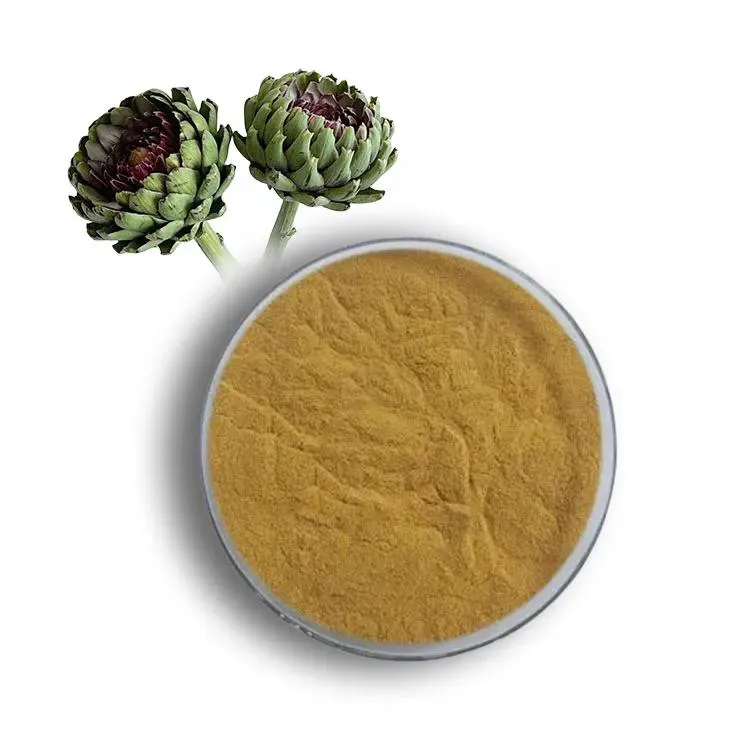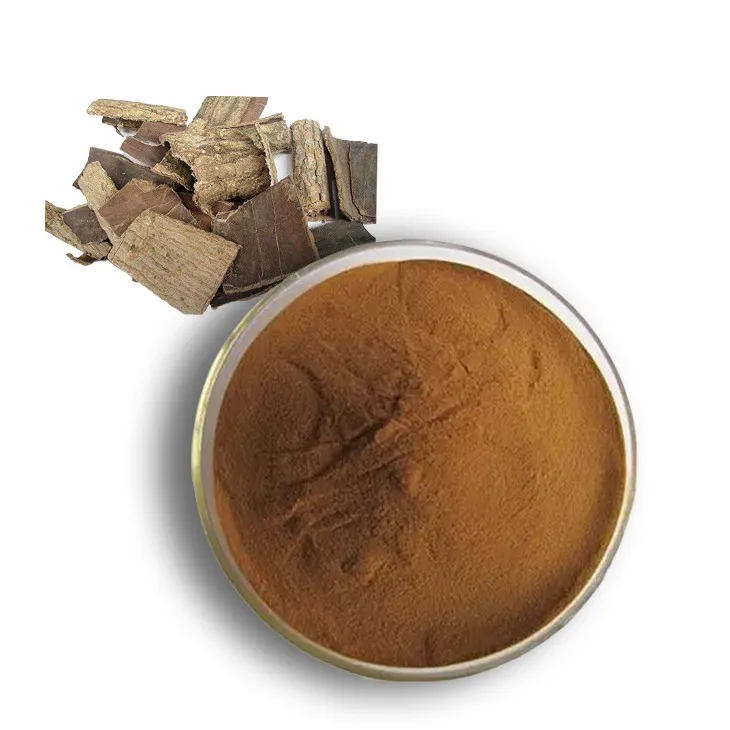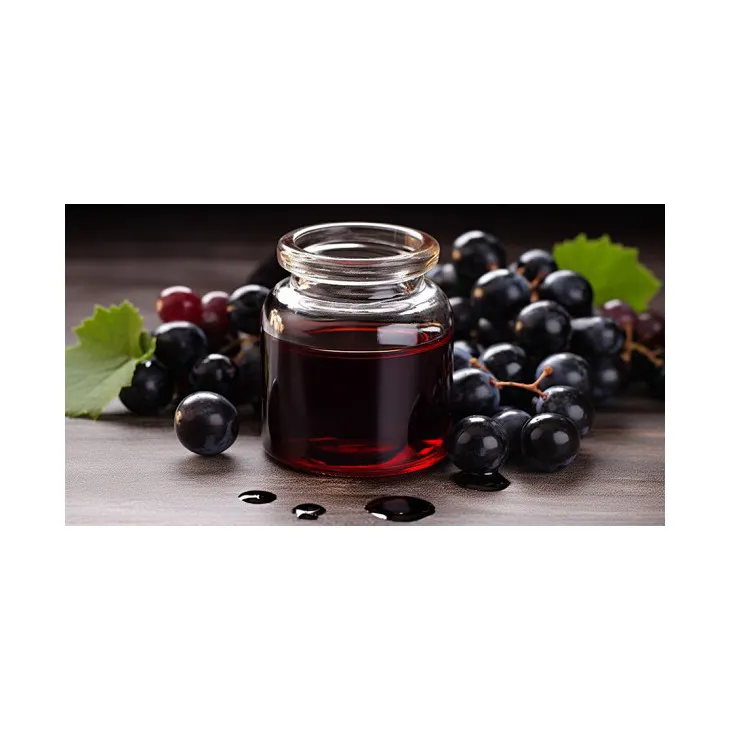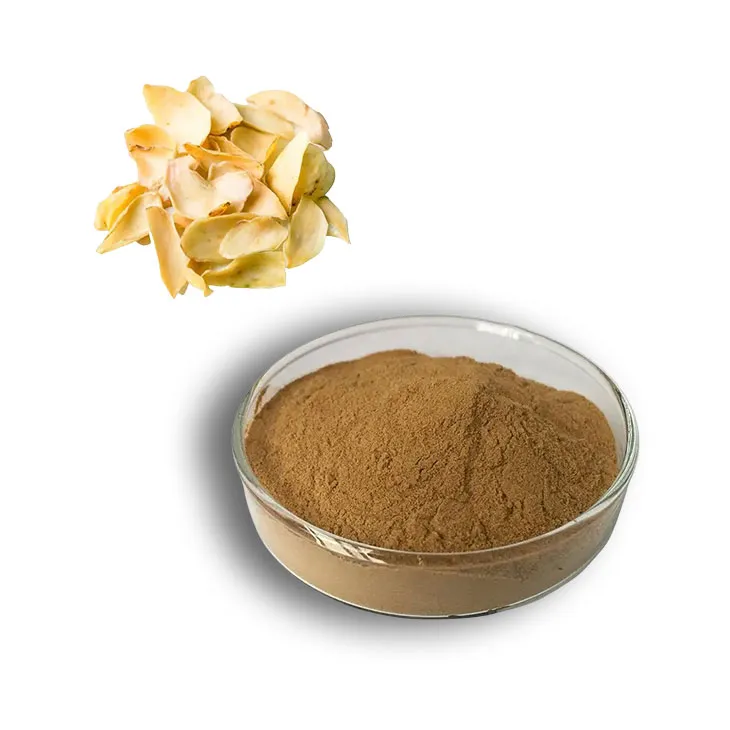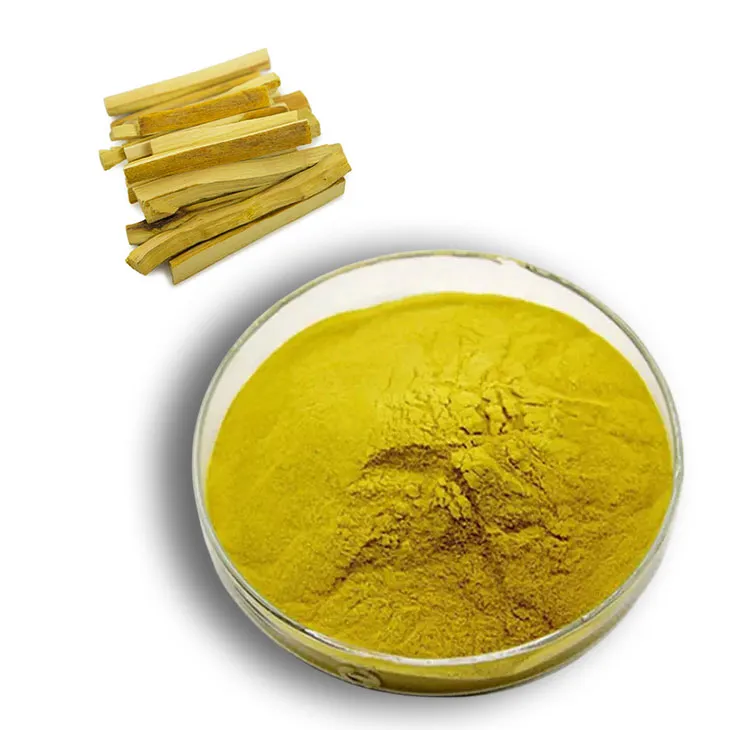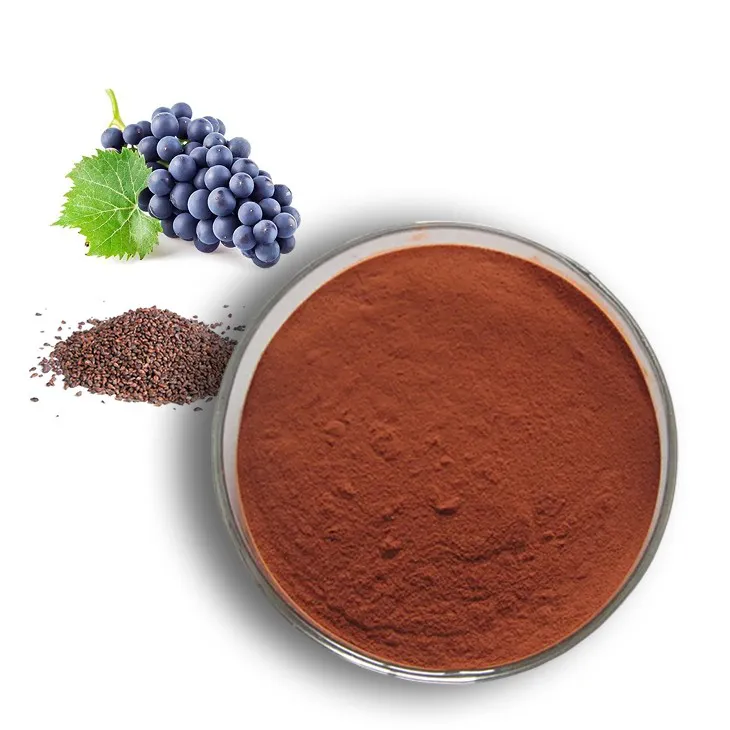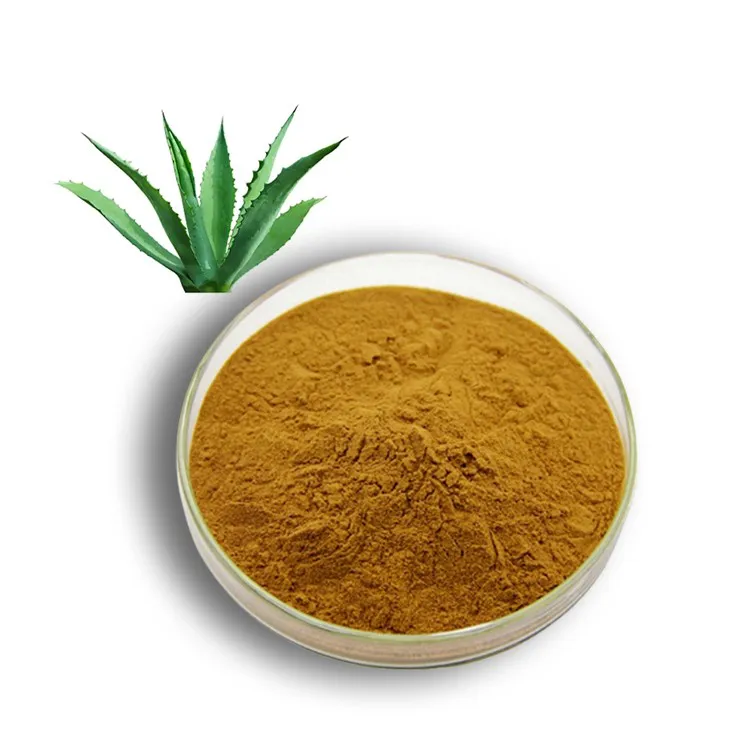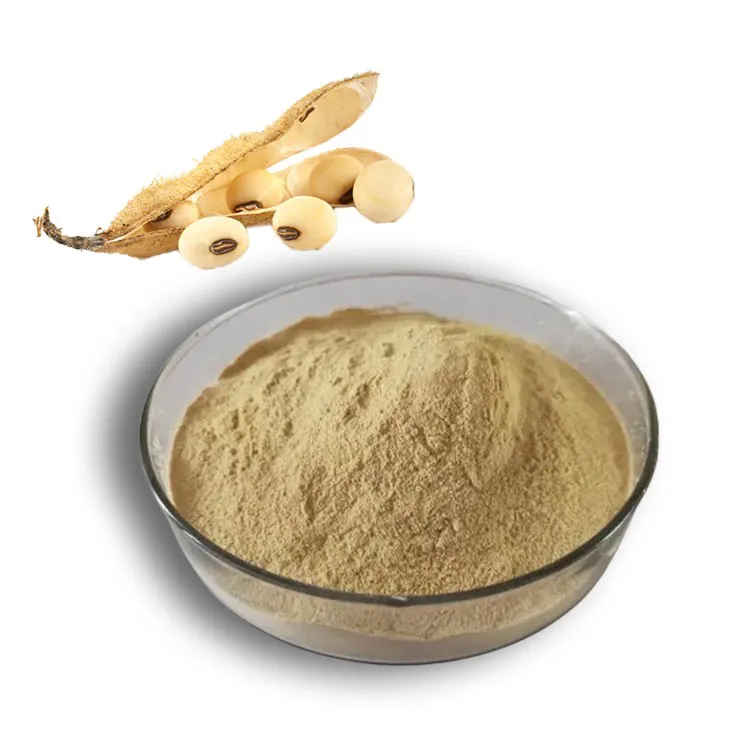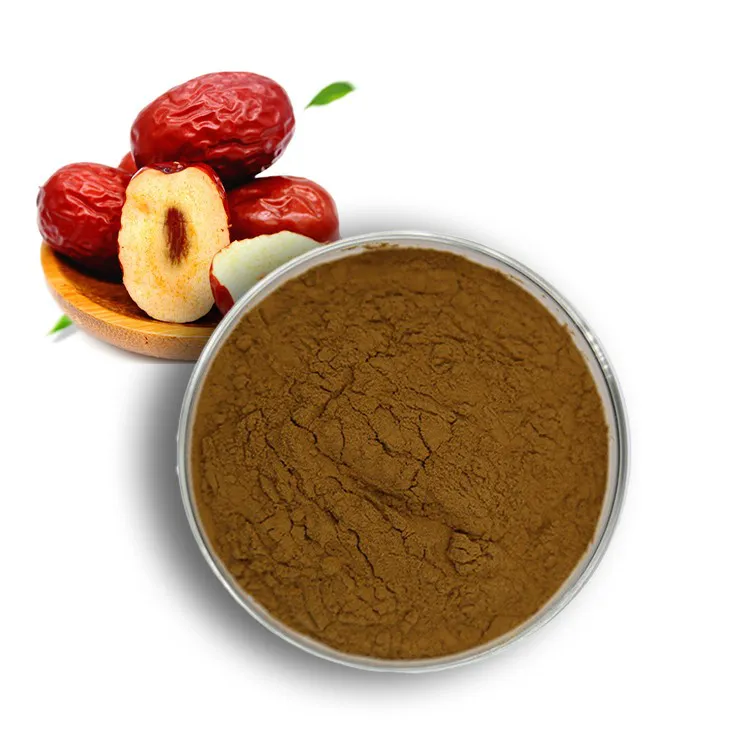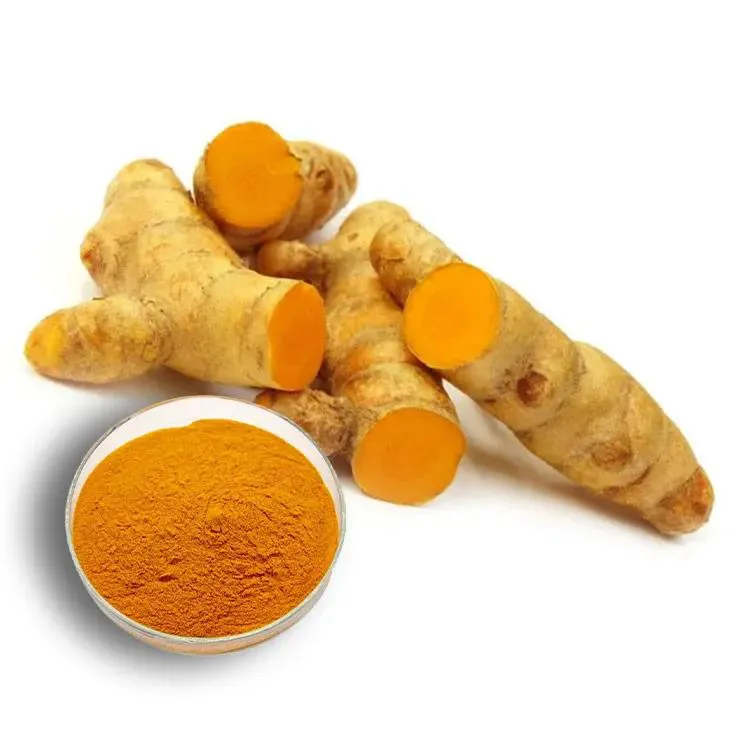- 0086-571-85302990
- sales@greenskybio.com
Preparation process of moringa powder.
2024-12-10
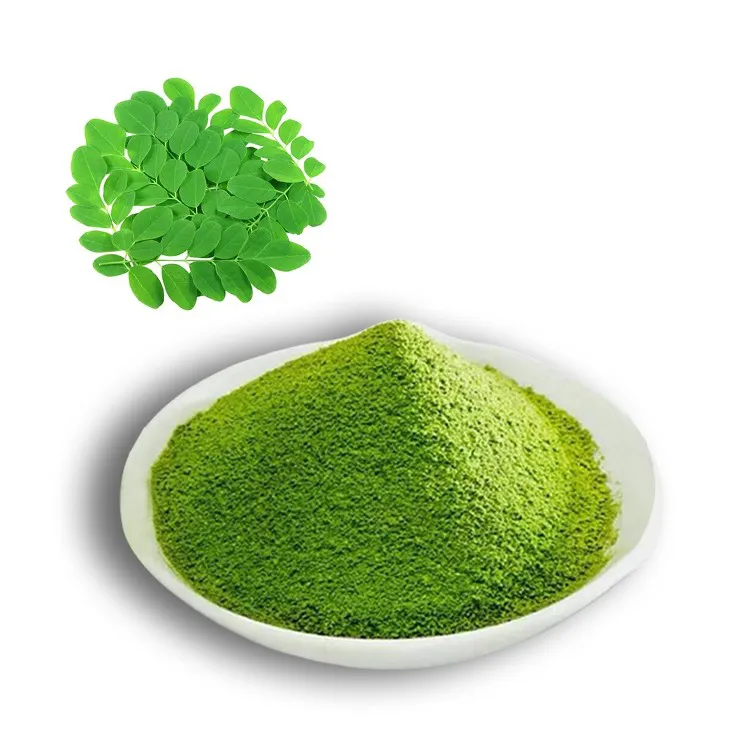
1. Introduction
Moringa powder has gained significant popularity in recent years due to its high nutritional value. It is rich in vitamins, minerals, proteins, and antioxidants. The preparation process of Moringa powder is crucial to ensure its quality and the preservation of its nutrients. This article will provide a detailed overview of the entire process, from the selection of raw materials to the final product.
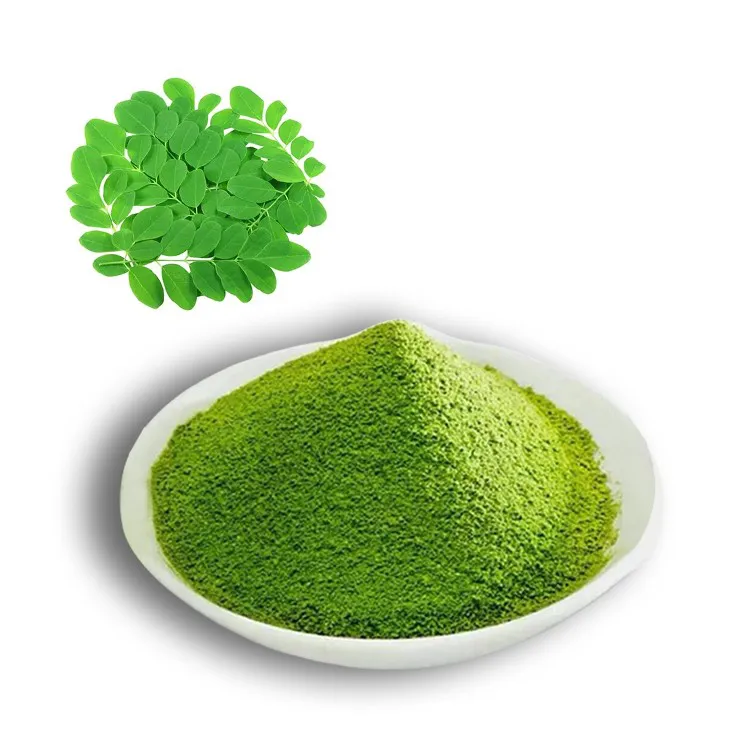
2. Raw Material Selection
The first step in preparing Moringa powder is the selection of raw materials. Fresh and high - quality moringa leaves are essential.
- When choosing moringa leaves, it is important to select those that are free from diseases, pests, and physical damage.
- The leaves should be harvested at the appropriate time. Young leaves are often preferred as they tend to be more tender and have a higher nutrient content.
- It is also crucial to source the moringa leaves from a clean and unpolluted environment. This helps to avoid contamination with heavy metals, pesticides, or other harmful substances.
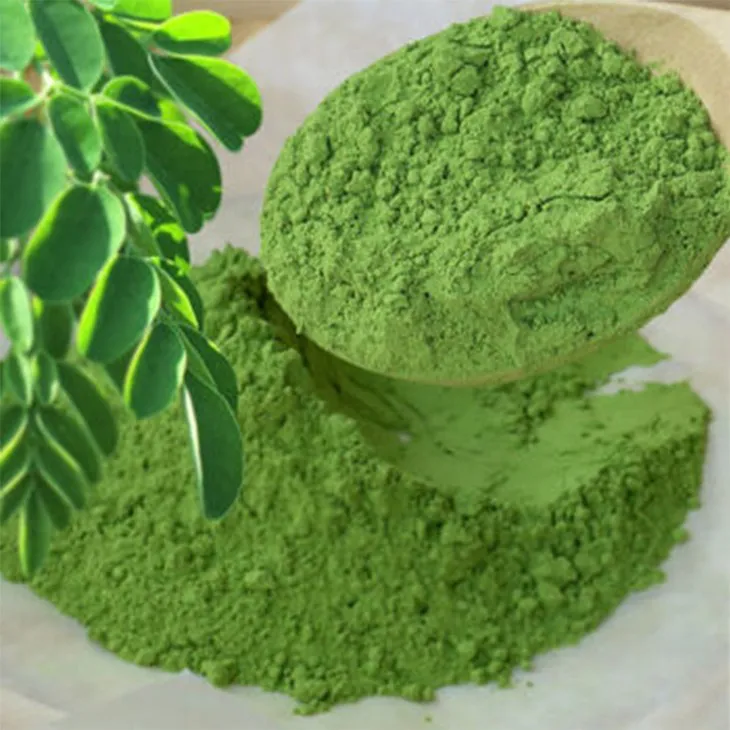
3. Cleaning
Once the moringa leaves are selected, the next step is proper cleaning to remove impurities.
- First, the leaves are gently rinsed under running water. This helps to wash away any dirt, dust, or small debris that may be present on the surface of the leaves.
- For a more thorough cleaning, a mild detergent solution can be used. However, it is important to ensure that the detergent is completely rinsed off to avoid any chemical residue in the final product.
- After washing, the leaves are drained well to remove excess water. This can be done by placing the leaves on a clean towel or using a salad spinner to remove water quickly.
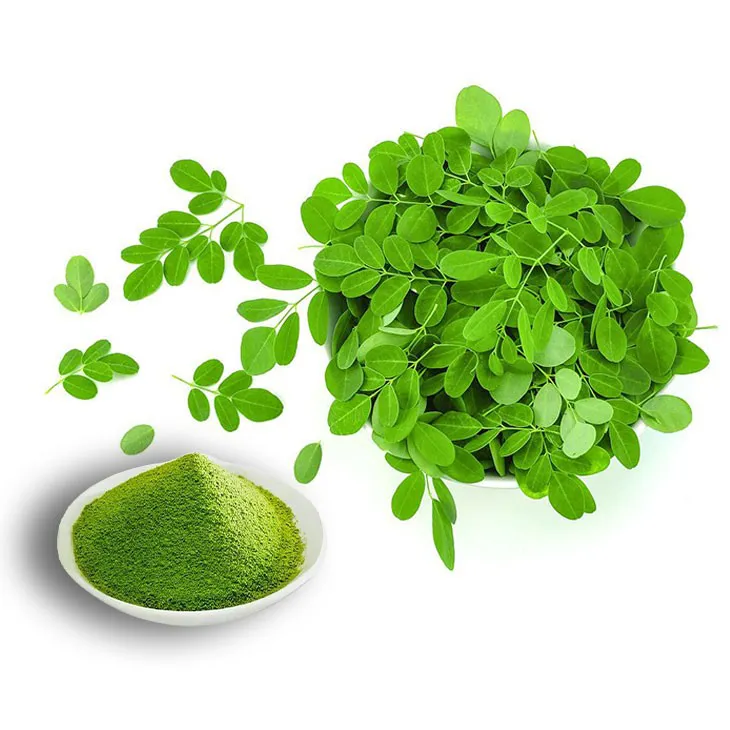
4. Drying
Drying is a critical step in the preparation of moringa powder as it aims to reduce the moisture content while maintaining nutrients. There are two main methods of drying: natural drying and artificial drying.
4.1 Natural Drying
- Natural drying involves spreading the clean moringa leaves in a single layer on a clean, dry surface. This can be a drying rack, a clean tarp, or a large tray.
- The leaves should be placed in a well - ventilated area, away from direct sunlight. Direct sunlight can cause the leaves to lose some of their nutrients due to over - exposure.
- The drying process may take several days, depending on the environmental conditions such as humidity and temperature. It is important to turn the leaves regularly to ensure even drying.
4.2 Artificial Drying
- Artificial drying methods include the use of dehydrators or ovens. Dehydrators are often preferred as they can provide a more controlled drying environment.
- If using an oven, the temperature should be set at a low level, typically around 40 - 50°C. Higher temperatures can cause the leaves to burn or lose their nutritional value.
- During artificial drying, it is also important to monitor the moisture content of the leaves regularly. This can be done using a moisture meter or by simply feeling the leaves to ensure they are dry and brittle.
5. Grinding
The final step in the preparation of moringa powder is grinding the dried leaves into fine powder using appropriate equipment.
- A high - quality grinder or blender is required for this step. Some commercial grinders are specifically designed for grinding dry herbs and spices, which can be ideal for moringa leaves.
- The dried moringa leaves are placed in the grinder and ground until a fine powder is obtained. It may be necessary to grind the leaves in batches, depending on the capacity of the grinder.
- After grinding, the moringa powder can be sieved to remove any large particles or lumps. This helps to ensure a smooth and consistent texture in the final product.
6. Storage and Packaging
Once the moringa powder is prepared, proper storage and packaging are essential to maintain its quality.
- The powder should be stored in an airtight container. This helps to prevent moisture absorption and exposure to air, which can cause spoilage or nutrient degradation.
- It is best to store the moringa powder in a cool, dry place, away from direct sunlight. A pantry or a cupboard is usually a suitable storage location.
- When it comes to packaging, it is important to use food - grade packaging materials. This ensures the safety and quality of the moringa powder during transportation and storage.
7. Quality Control
Quality control measures should be implemented throughout the preparation process of moringa powder.
- During raw material selection, samples of moringa leaves can be tested for nutrient content, presence of contaminants, and overall quality.
- After cleaning, the leaves can be inspected visually to ensure that all impurities have been removed.
- During drying, the moisture content of the leaves should be monitored regularly to ensure that it reaches the appropriate level. The final moringa powder can also be tested for moisture content, nutrient composition, and microbiological safety.
- Grinding and packaging processes should also be monitored to ensure that the powder is of the desired texture and is properly packaged.
8. Applications of Moringa Powder
Moringa powder has a wide range of applications due to its rich nutrient profile.
- In the food industry, it can be used as an ingredient in smoothies, baked goods, and soups. It adds a nutritional boost to these products.
- It is also used in the cosmetic industry. Moringa powder can be included in face masks, body scrubs, and hair treatments due to its antioxidant and skin - nourishing properties.
- In traditional medicine, moringa powder has been used for various health benefits. It is believed to have anti - inflammatory, anti - diabetic, and immune - boosting properties.
9. Conclusion
The preparation process of moringa powder involves several important steps, from raw material selection to grinding and packaging. Each step is crucial in ensuring the production of high - quality moringa powder. By following proper procedures and implementing quality control measures, it is possible to produce moringa powder that is rich in nutrients and suitable for various applications. As the demand for moringa powder continues to grow, it is important to ensure that the preparation process is carried out with the highest standards to meet the expectations of consumers.
FAQ:
1. What are the criteria for selecting raw materials for moringa powder?
When selecting raw materials for moringa powder, freshness and high quality are the main criteria. Fresh moringa leaves are preferred as they are likely to have a higher nutrient content. The leaves should be free from obvious diseases, pests, and signs of damage. Also, they should be harvested at the appropriate time to ensure optimal nutrient levels.
2. Why is proper cleaning important in the preparation of moringa powder?
Proper cleaning is crucial in the preparation of moringa powder because it helps to remove impurities. These impurities may include dirt, dust, small insects, and other contaminants. If not removed, they can affect the quality of the final powder and may even pose a health risk when the powder is consumed.
3. What are the advantages and disadvantages of natural drying compared to artificial drying in the moringa powder preparation?
Natural drying has the advantage of being a more natural and energy - saving method. It can also preserve the natural flavor of the moringa leaves to some extent. However, it is highly dependent on weather conditions and may take a longer time. Artificial drying, on the other hand, can control the drying conditions precisely, such as temperature and humidity, which can ensure a more consistent drying result and shorter drying time. But it may require energy input and special drying equipment.
4. What kind of equipment is suitable for grinding moringa leaves into powder?
There are several types of equipment suitable for grinding moringa leaves into powder. A high - quality grinder or a food processor can be used. Some commercial - grade powder mills are also designed specifically for grinding dried herbs and leaves. These equipment should be able to produce a fine and uniform powder without overheating the moringa leaves, which could potentially damage the nutrients.
5. What are the main applications of moringa powder?
Moringa powder has a wide range of applications. It can be used in the food industry as an ingredient in smoothies, baked goods, and nutritional supplements. In the health and beauty industry, it is often used in skincare products due to its antioxidant properties. It can also be used in traditional medicine in some regions for its various health - promoting effects.
Related literature
- The Nutritional and Medicinal Properties of Moringa oleifera: A Review"
- "Moringa oleifera: A Multipurpose Tree for Improved Livelihoods and Ecosystem Services"
- "Optimization of Moringa oleifera Leaf Powder Processing for Enhanced Nutritional Quality"
- ▶ Hesperidin
- ▶ Citrus Bioflavonoids
- ▶ Plant Extract
- ▶ lycopene
- ▶ Diosmin
- ▶ Grape seed extract
- ▶ Sea buckthorn Juice Powder
- ▶ Fruit Juice Powder
- ▶ Hops Extract
- ▶ Artichoke Extract
- ▶ Mushroom extract
- ▶ Astaxanthin
- ▶ Green Tea Extract
- ▶ Curcumin
- ▶ Horse Chestnut Extract
- ▶ Other Product
- ▶ Boswellia Serrata Extract
- ▶ Resveratrol
- ▶ Marigold Extract
- ▶ Grape Leaf Extract
- ▶ New Product
- ▶ Aminolevulinic acid
- ▶ Cranberry Extract
- ▶ Red Yeast Rice
- ▶ Red Wine Extract
-
Artichoke Extract
2024-12-10
-
Eucommia Ulmoides Extract
2024-12-10
-
Red Wine Extract
2024-12-10
-
Lily extract
2024-12-10
-
Berberis aristata Extract
2024-12-10
-
Natural grape seed extract
2024-12-10
-
Aguaje Extract
2024-12-10
-
Soy Extract
2024-12-10
-
Jujube Extract
2024-12-10
-
Curcumin Extract
2024-12-10











